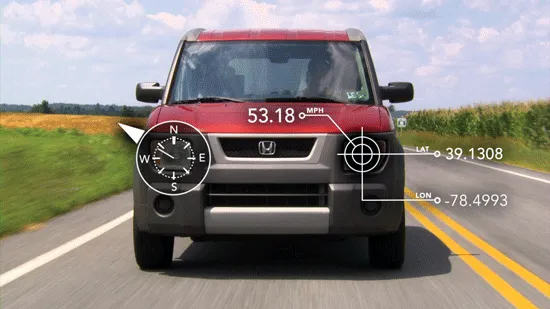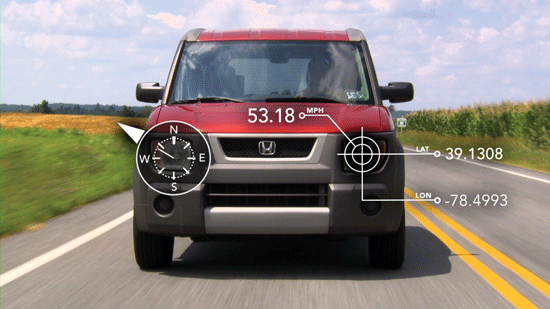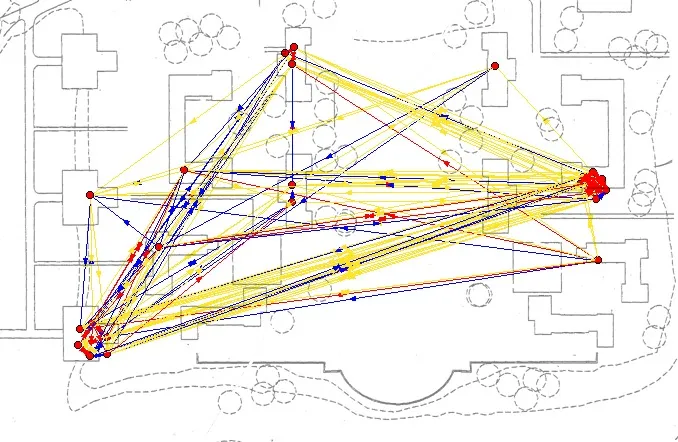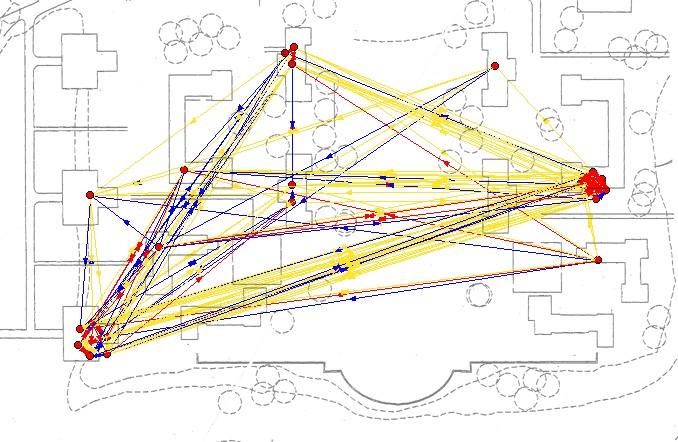
How businesses use real-time location-based data to build competitive advantage?
 As we all know, many of the organizations and corporate giants are embracing GIS technology to get the “Geographic Advantage” thereby concrete decision making and increasing their business profits.
As we all know, many of the organizations and corporate giants are embracing GIS technology to get the “Geographic Advantage” thereby concrete decision making and increasing their business profits.
At the same time, today’s business is very dynamic in nature where real time data plays a crucial and vital role for accurate decision making. A number of new technologies are combining to enable the real time collection of data, and the sharing of that data in real time with GIS. The result is a dynamic platform which enables real time visualization, analysis, and understanding of our world. This is the new age of real-time GIS.
In recent times, Starbucks, an American global coffee company and coffeehouse chain based in Seattle, Washington, gets the geographic advantage in finding its Profitable Locations by increased its business by a whopping 50 percent by simply moving to a location a couple hundred yards away. The acute level of accurate position is achieved by real-time data such as daily traffic data, real time data of local train arrivals and departures along with traditional GIS analysis.
Even, Insurance companies are welcoming GIS with real time data to create flood or fire maps by combining GIS data from various sources such as official feeds from the Bureau of Meteorology, staff on the ground and social media ect which allows insurers to send alerts to policyholders, identify exposure levels and be on the scene quickly.
As HERE Auto is a an embedded in-dash navigation system, in recent times, HERE and ESRI are announced to Real-time data that would be accessible from your geospatial software solution, for traffic, weather or satellite imagery.
Let’s hope to see such GIS advantages more in market by leveraging Real-Time data where business organizations and mankind will be get benefited.
source: HereAndNow, Insurancenews, DirectionsMag






